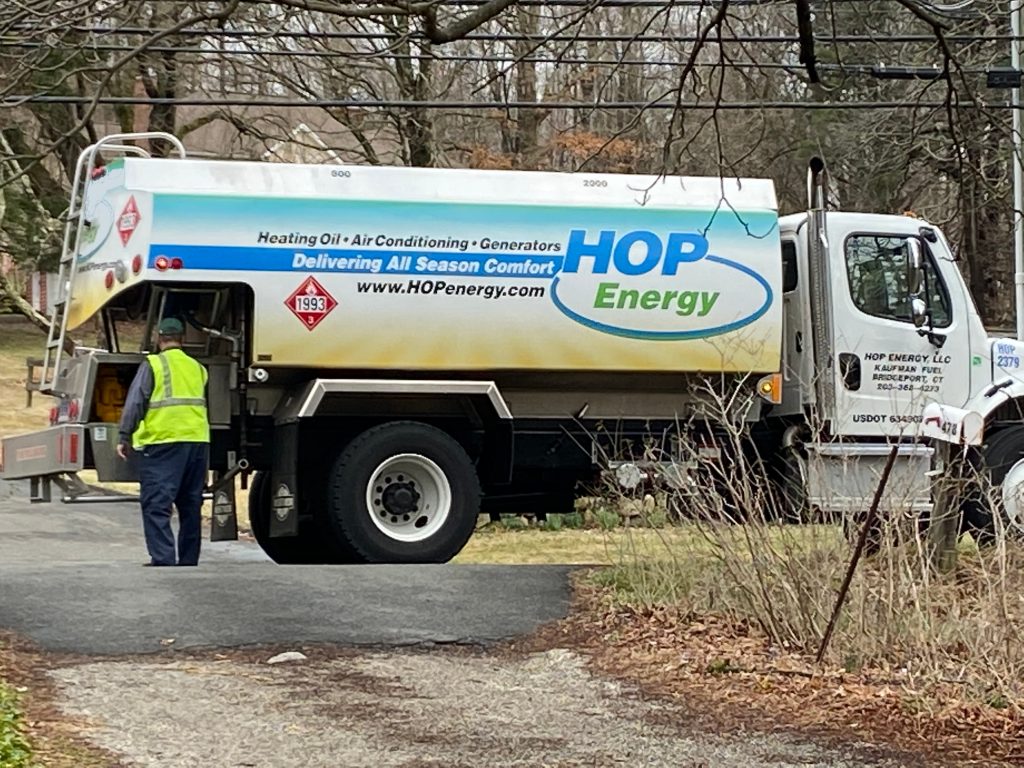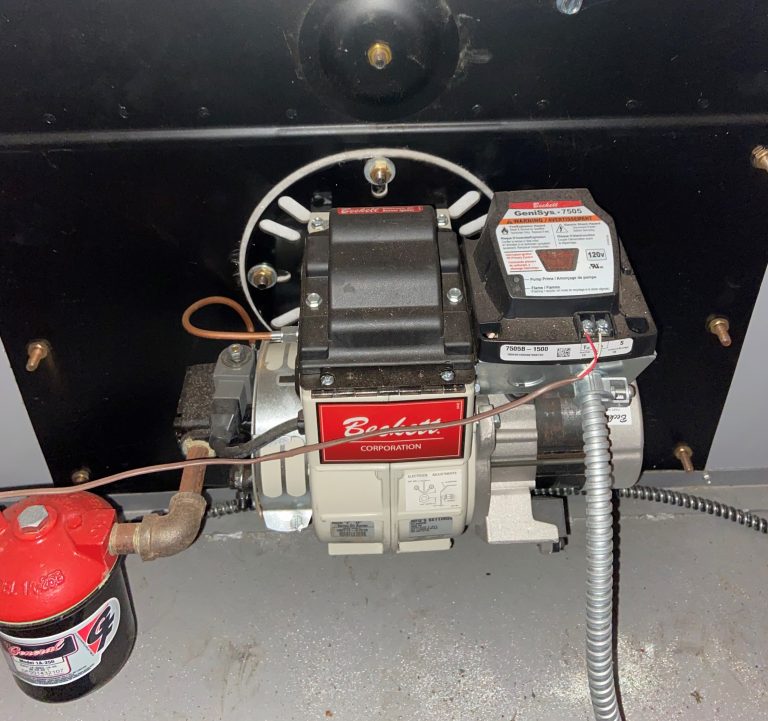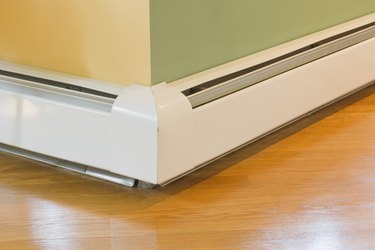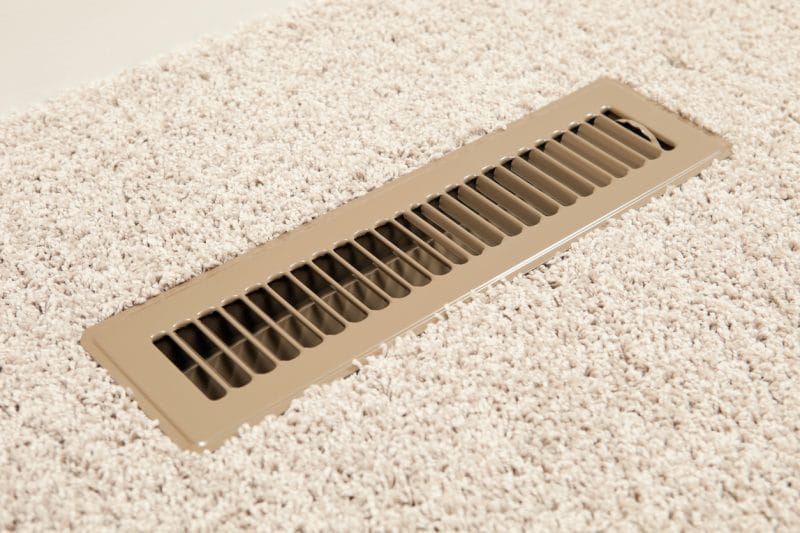The Northeast United States sees a large variety of temperatures and different types of weather throughout the course of a few months. Even during some winters, we sometimes see temperatures close to or below zero! If you’re thinking of moving to the northeast or already have a home in the northeast, it’s important to understand how home heating works. In this article, we discuss why it’s so important and why you should use it.
Steps to the Heating Process
To heat your home, your system of choice go through the process of heat conversion. All forms of heating must go through this process. Regardless of if you’re using heating oil in a furnace, or wood for a wood-burning stove.
First and foremost, your heat source of choice, must be delivered to your home. Second, your fuel source has to go through the conversion process to turn into heat. The conversion process varies depending on what form of heating your using. For fuel oil it goes through your furnace. While a wood-burning stove does it through the stove itself by starting the fire and adding in wood to keep it going. Finally, the heat must then distribute itself throughout your home. This spreads out via warm air that circulates throughout your home.

Types of Home Heating Fuel
In the northeast united states, there are a multitude of different types of heating fuel. Each of them, have their own different pros and cons. Each of these types of fuel, require an at home delivery. However, they each have different ways of delivery:
Heating Oil: This is the most popular form of heating choices in the northeastern united states. Heating Oil delivery normally happens through the use of a delivery truck. Storage for heating oil is in a tank that’s located in your basement, garage or outdoors. The good thing about heating oil, is that it burns VERY hot. It will burn significantly hotter compared to natural gas or propane.
It is very cost-effective, especially when oil prices are low. In 2020, due to COVID-19 we saw some of the lowest prices for heating oil in a long time! Another good thing about heating oil, is that you own your tank. Which means you have complete control of who and where you can order oil from. Be sure to keep an eye on your oil level as well! Last thing you want is to run out of oil! If you run out of oil, check out our article on How to Fill a Home Heating Oil Tank.
Natural Gas: Another great choice for home heating is natural gas – that is, if you can find availability for it where you live. It pumps into your house from an underground array of pipes that connect directly to your home through the street. Natural gas is also a form of utility. Which means that you don’t have to worry about ordering your next natural gas delivery. It will simply come up to you automatically and all you have to do is simply pay the bill. Unfortunately, you are unable to choose multiple suppliers for natural gas.
Propane: Like heating oil, propane delivery takes place via a delivery truck. Propane also has a storage tank found outside your home. Sometimes, there are multiple tanks that store the propane. However, it tends to be more expensive than heating oil or natural gas. But the good thing is, propane has usage other than heating. Some of these include, gas stoves, fire places and even generators! For more information on Propane, check out our article on Heating Oil Vs Propane.
Electric Heat: Electricity sometimes sees usage for heating as well, most often in places where winter isn’t very cold. However, electric heat can be good as a backup source of heating. But it tends to be too expensive for larger homes or areas that have very cold winters.

The Conversion Process
This is the part of the home heating process that involves converting your fuel of choice into heat. For propane and natural gas, a burner ignites these gasses that release from the system’s gas lines. The burner is usually apart of the boiler system, which heats water which then gets house wide distribution. On occasion, propane and natural gas can typically use a furnace that heats the air and then distributes it throughout the house.
However, heating oil tends to be a little bit different. Heating Oil is NOT FLAMMABLE at room temperature. For heating oil to ignite, it must first be heated up to 140 degrees Fahrenheit. It then goes through the process of atomization. This is the conversion process that heating oil goes through to become gas. After heating oil goes through the atomization process, it’s goes to the burner and ignites there. After it ignites, it turns into heat for your home.

Transferring Heat Through Your Home
A very common method of heat distribution throughout the home is by a boiler. In a boiler system, water heats up and then travels through your home. Afterwards it is then pushed through the radiators that are spread throughout your home. On occasion, the boiler will send the hot water to a heat exchanger. The hot water then pumps out through a blower that will heat other parts of the home.
There are also electric radiators if you use electric heating. With electric radiators, they’ll simply turn on and begin to heat up when the thermostat requests heat and will shut off when it becomes warm enough. A major benefit to having electric radiators is that there isn’t a need to have a complex heating system installed into your home. However, we only recommend it for areas with mild winters or small buildings.

Another common form of home heating in today’s day and age is “forced hot air”. For this process, a furnace heats air in the basement before the blower sends the hot air through your home. The air pushes out from ducts in the floors of your home. It is a great way to quickly change the temperature in your home. Forced hot air is preferred because during the summertime, you can use those very same ducts as a way to cool down your house.

Conclusion
If you’re in the northeast and in the market for a new home, its crucial to understand how home heating works. The basics of it come from understanding what fuel source you are using for heating. However, some are more restricting compared to the others. If you use natural gas or electricity to heat your home, you don’t have much of a say in who you’re ordering from. While for propane, you have one provider that will provide you will all your propane for the year. But with heating oil, you have complete control of where you can order from because you own your tank.
While we don’t recommend it because of how costly it can be, you will also be able to sign up for automatic delivery so that you don’t have to worry about when your next delivery will be. However, using FuelSnap will not only get you the cheapest prices, it will give you multiple dealers in your local area to help you shop around a little bit before placing an order!
Understanding what type of heating system you have is very important. It’ll help you understand if you need to order fuel soon, or if you don’t need to order anything at all! If your home has forced air, then it’ll be very easy to add air conditioning or another form of central cooling to your home in the future.
Happy Heating,
Hunter



